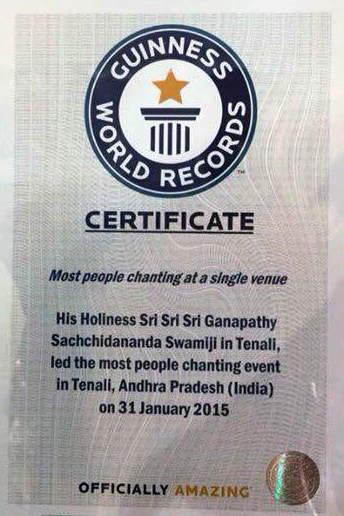Cāritreṇa ca ko yuktaḥ? Sarvabhūteṣu ko hitaḥ
Vidvān kaḥ? Ka ssammarthaśca? Kaiscaika priyadarśanaḥ.
Meaning- Who is the person, who g) possess a good conduct, h) causes the welfare of all the living entities, i) is an erudite scholar, j) has the ability to accomplish even most impossible deeds, k) possesses great capacity and efficiency (saamarthya) and l) at all times, causes the same kind of bliss and happiness to the onlookers?
Let us now go in depth into the meaning of this hymn.
7) Caritravān– In this hymn, Maharishi Valmiki at first seeks to know about that person who is of excellent conduct.
Abiding by sadāchara (good conduct) means to complete the designated duties that have been laid down, at the designated hour, systematically without even the slightest deviation. ‘acharo prabhavo dharma dharmasya prabhurachyutaha’ means good and proper conduct (aachara) is the first and foremost among all the dharmas (rules of righteous living) to be followed.
Abiding by this single dharma amounts to having everything in life. Through this adherence, all difficulties can be overcome easily. The unattainable (durgama) becomes easily attainable (sugama).
Therefore, Maharishi Valmiki seeks to know if any person with this trait of excellent conduct (sadachara) exists in this world.
8) Sarvabhūtesu hitah– Next, Maharishi Valmiki seeks to know if there is any person who seeks/causes the welfare of every being and of everything in creation. In the eyes of such a person, everyone, including his kith and kin, is equal. At no time and under no circumstances will he ever show feelings of differentiation/ discrimination between his people and outsiders.
As a person who sees everyone in the same light, he would have taken a firm vow to cause the welfare of one and all and he strives to fulfill it. It is very important to note that such person will never harm even his enemy. All these factors weighed in the mind of Maharishi Valmiki when he used the term ‘sarva bhutesu ko hitah’.
This should be the primary and predominant trait of a king. This is also one of the very important characteristics/traits of the Supreme Lord.
9) Vidvān– Coming to the next trait, Maharishi Valmiki enquires about that person who is well versed in all forms of knowledge.
Here he refers to that person who is proficient with the entire knowledge contained in the Scriptures. Such person knows everything that ought to be known and hence is aptly addressed as a Pundit. He causes the well-being of the world. During troubled times, he will act in the proper manner and thus will triumph over those difficulties. He possesses the skill to transform even adverse situations into favourable ones.
10) Samartah- The next trait mentioned in this hymn is skillfulness.
It is knowledge that bestows dexterity upon the individual. Due to knowledge, the person possesses the dexterity to accomplish those deeds that others consider impossible.
11) Eka priya darsanah– It means he who appears equally pleasing to one and all, at all times.
Objects dear to us cause immense joy at some times and sorrow at other times. That which causes happiness to one may be the source of sorrow for another. Such situations cause aversion in the person towards both joys as well as sorrows.
The person should be able to create feelings of love and affection in the minds of those who look into his face. The desire to keep looking into his face at all times should emerge in the heart of the onlookers, says Valmiki.
‘Kshane kshane yan navatām upaiti tad eva roopam ramaniyataavah’ – that which assumes a new fresh look every second and leaves the onlooker in wonder is the nature/trait of beauty. Even though people look at him all the time, at each second he should look new and refreshing, much to the amazement of the onlooker. This is a deeper meaning embedded in this phrase
Valmiki Maharishi was referring to such a person through the usage of this phrase.
Such deep meanings are embedded within the thoughts and words of great saints. To them, welfare of the world is the only thing that matters.

